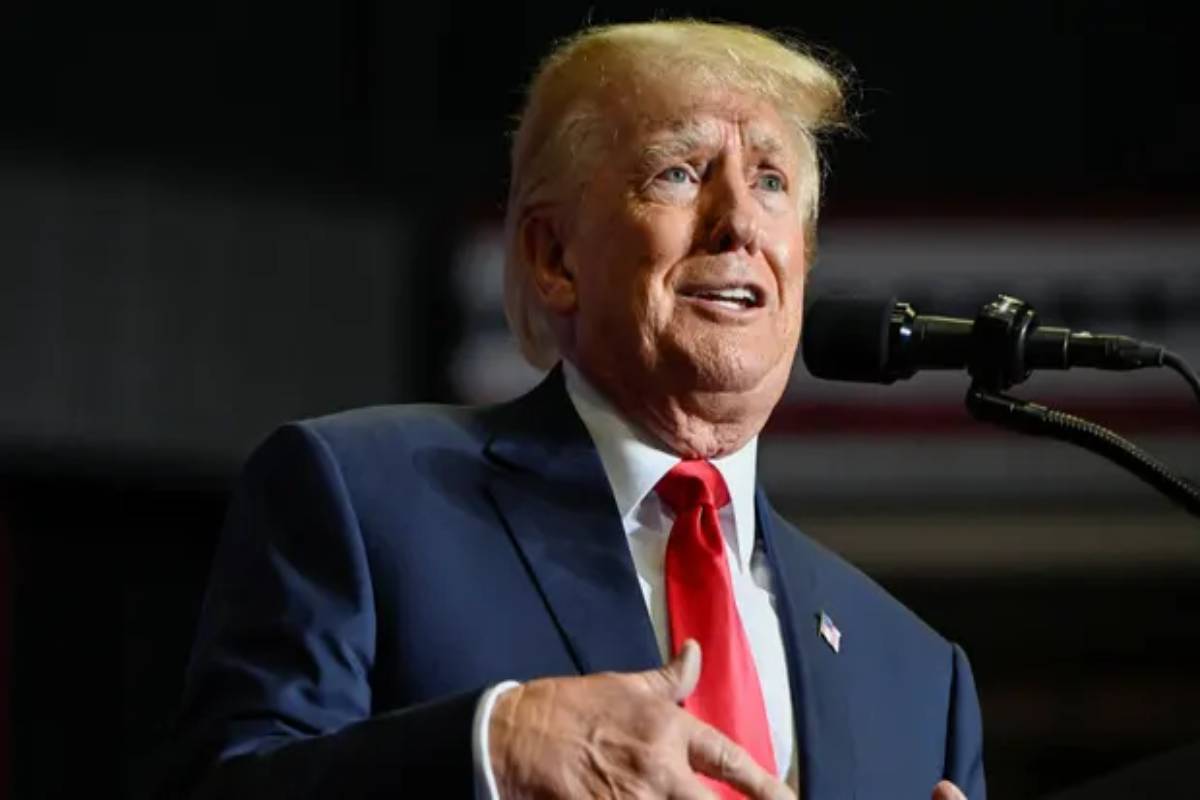In a landmark decision, the US Supreme Court unanimously overturned Colorado’s exclusion of former President Donald Trump from its primary ballot, citing that only the US Congress holds the authority to enforce constitutional provisions against federal officeholders. This ruling, issued on the eve of Super Tuesday, sends ripples across the political landscape, highlighting the delicate balance between state powers and federal authority. The heart of the matter lies in the interpretation of the 14th Amendment’s Section 3, which bars individuals who engaged in insurrection from holding federal office. The Colorado Supreme Court had taken a bold stance, disqualifying Mr Trump based on his alleged involvement in the 6 January 2021 Capitol attack.
However, the US Supreme Court’s decision asserts that states lack the power to enforce Section 3 in respect of federal offices, particularly the presidency. While the outcome is clear, the nuances within the Supreme Court’s decision reveal a division among the justices. Four, including three liberals and Justice Amy Coney Barrett, expressed reservations about the court’s decision to set future limitations on enforcing Section 3. This internal dissent underlines the complexity of the issues at hand and the court’s role in defining the boundaries of federal enforcement. Mr Trump, the focal point of this legal saga, welcomed the ruling, stating that candidates should not be disqualified based on opponents’ desires. This sentiment echoes a broader concern about the potential misuse of constitutional provisions for political gain. The court’s decision not only impacts Mr Trump’s candidacy but also sets a precedent for how states can navigate the intricate terrain of disqualifying candidates under Section 3. Critics argue that the Supreme Court missed an opportunity to directly address the insurrection allegations against Mr Trump. While the ruling allows him back on the ballot, it does not explicitly exonerate him from the Colorado Supreme Court’s findings.
Advertisement
This leaves room for ongoing debates about the former President’s role in the Capitol attack and whether the court should have taken a more decisive stance. Justice Barrett, in a concurring opinion, urged for a measured approach, emphasising the need to lower the national temperature during a volatile Presidential election season. Her words echo a call for unity and a reminder that, despite differences, the court’s unanimity on the outcome is paramount. This decision places the Supreme Court, deeply divided as it is along ideological lines, at the centre of a political maelstrom reminiscent of the Bush v. Gore case in 2000. The court’s role in shaping the trajectory of a Presidential race underscores the pivotal position it occupies in safeguarding democratic processes.
As the legal dust settles, the ruling’s broader implications resonate. It prompts reflection on the balance between state autonomy and federal oversight, inviting a broader conversation about constitutional interpretation and the role of the judiciary in preserving the integrity of the electoral process. Ultimately, the Supreme Court’s decision opens the door to ongoing discussions about the limits of state powers in disqualifying candidates for federal office and the responsibilities that come with interpreting constitutional provisions
